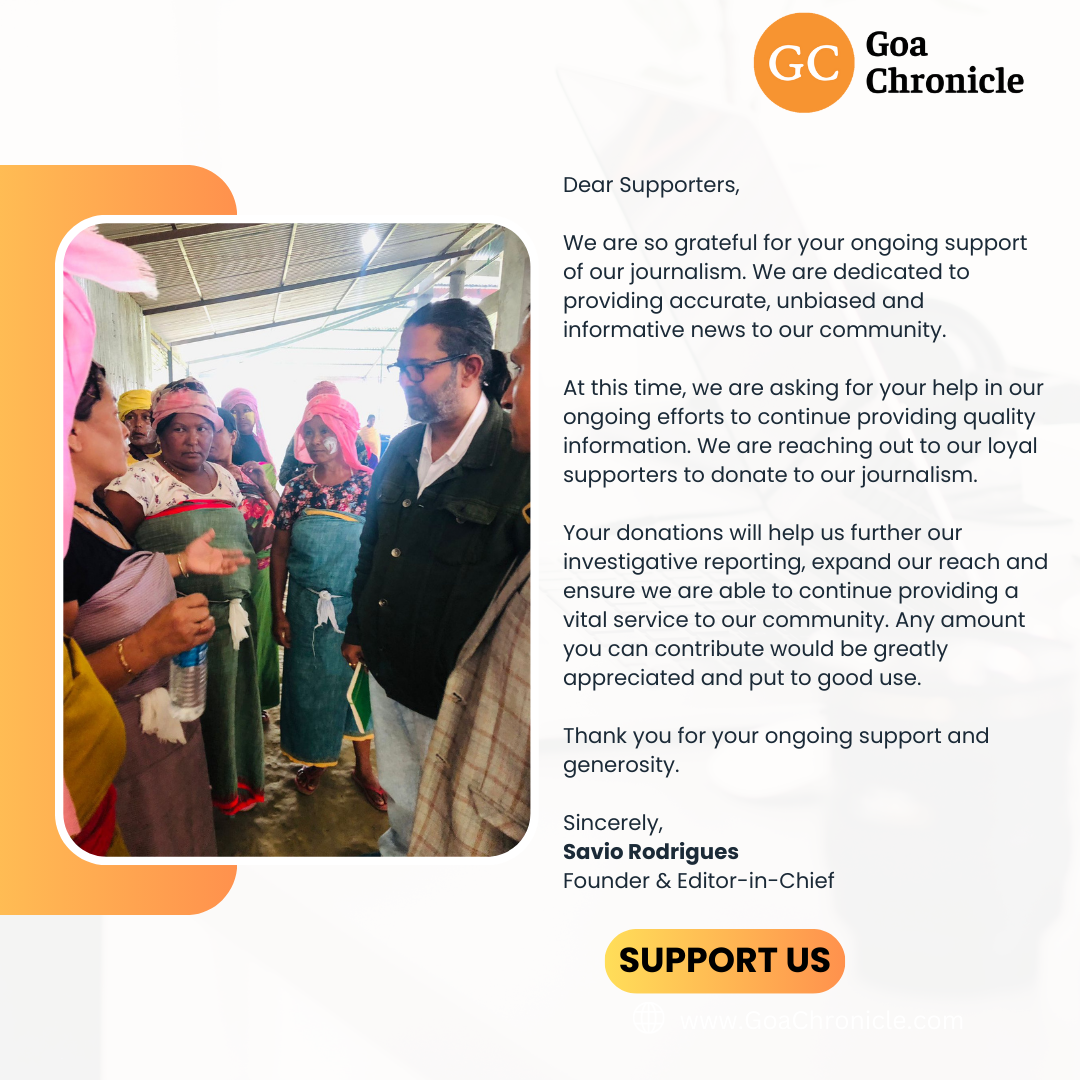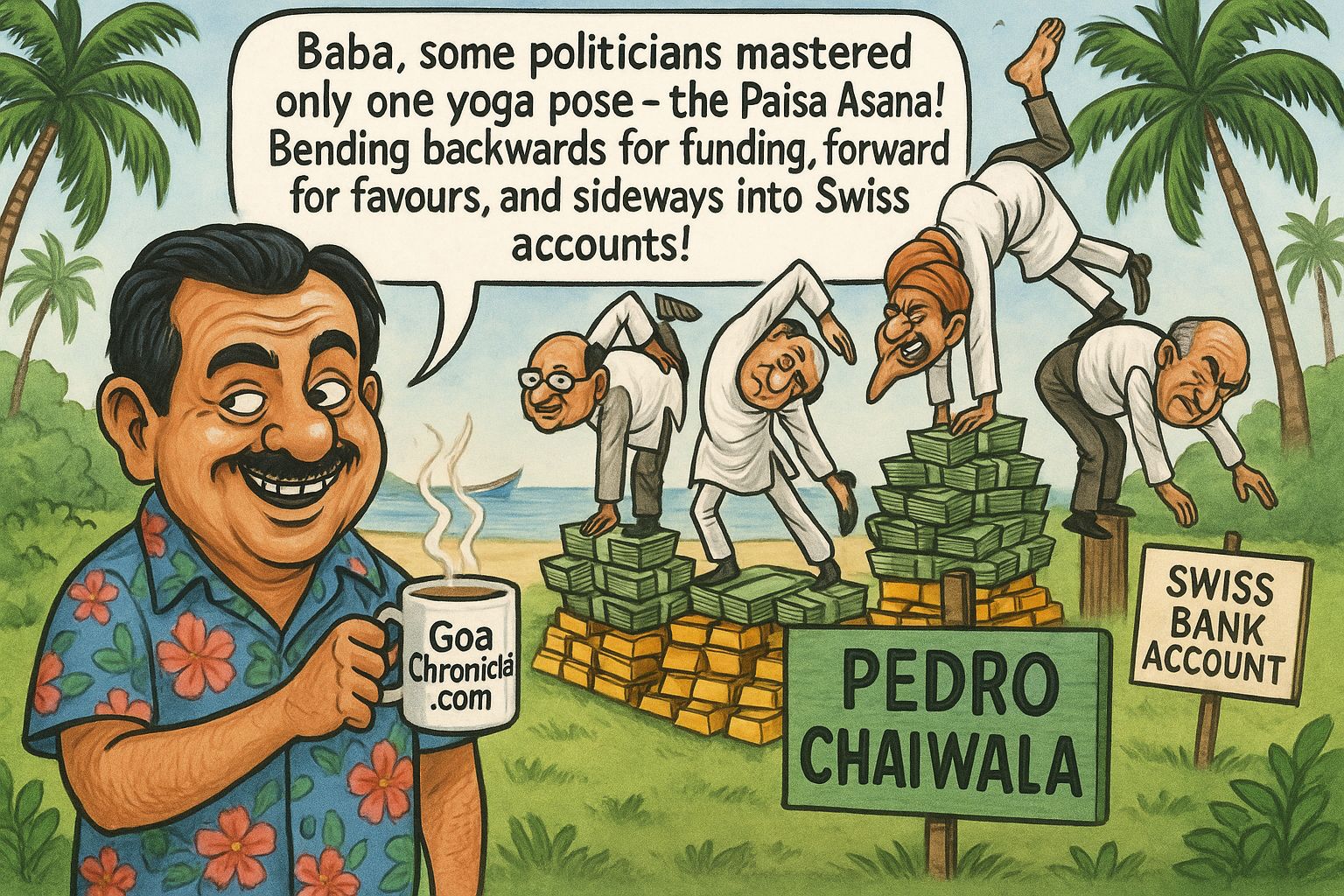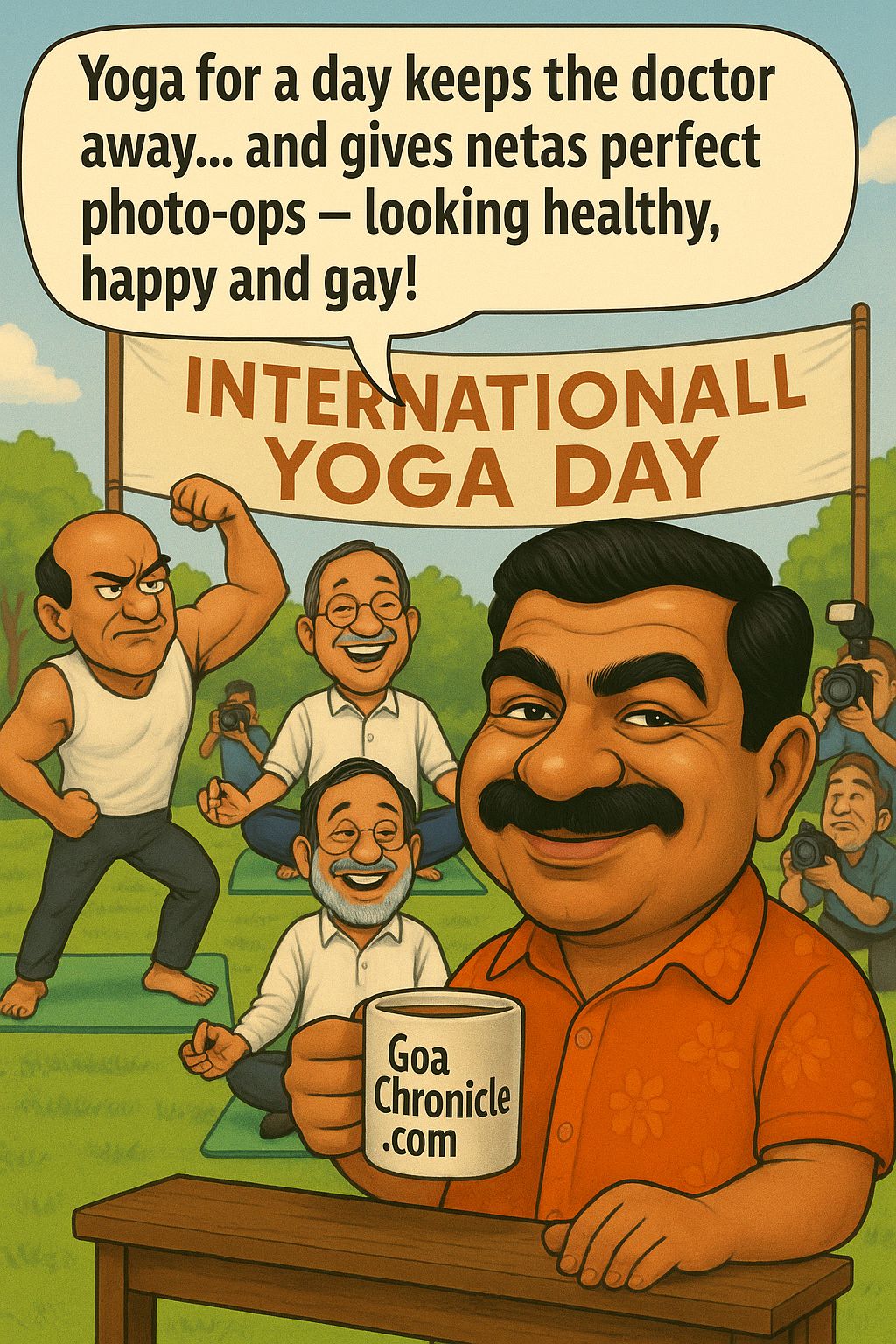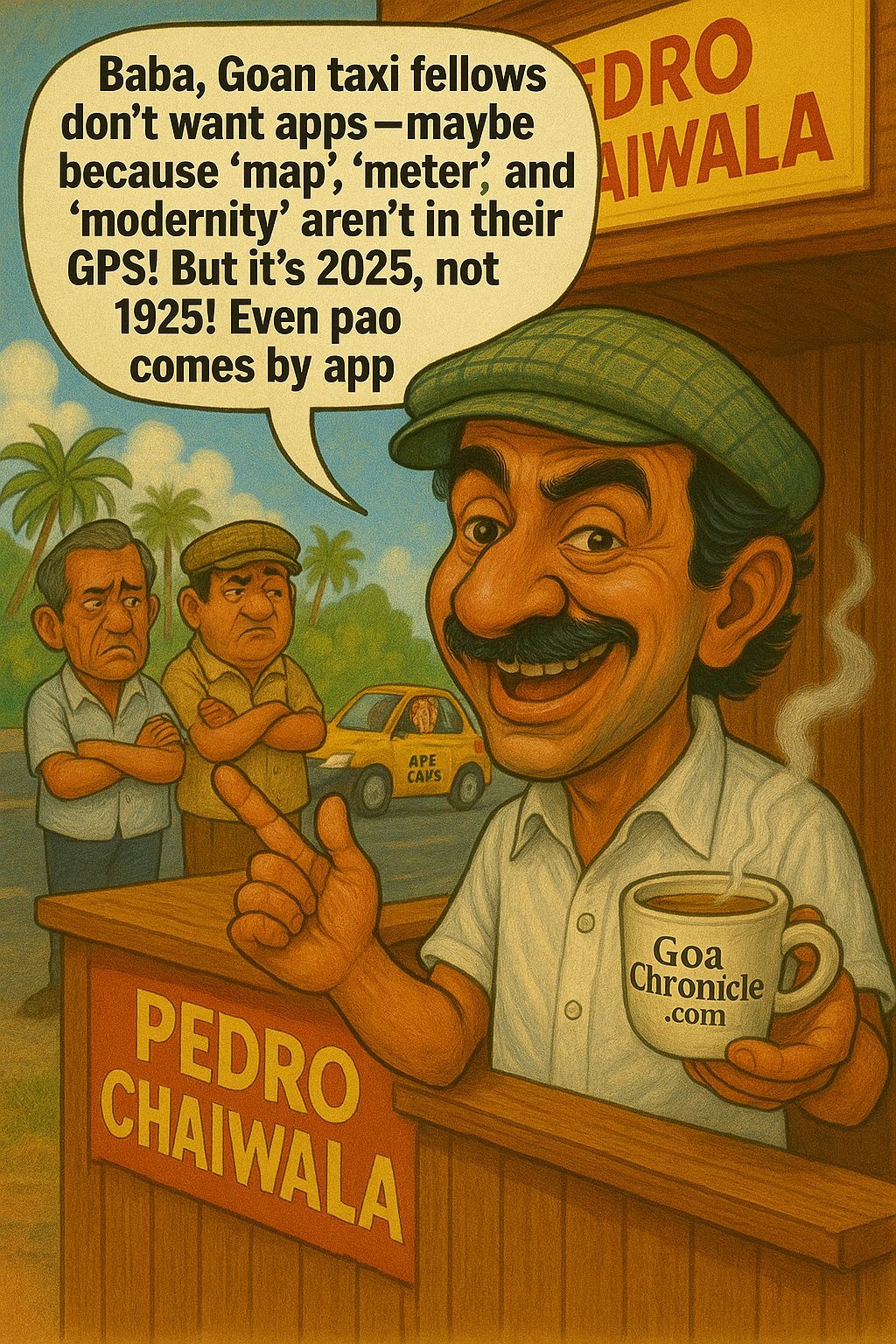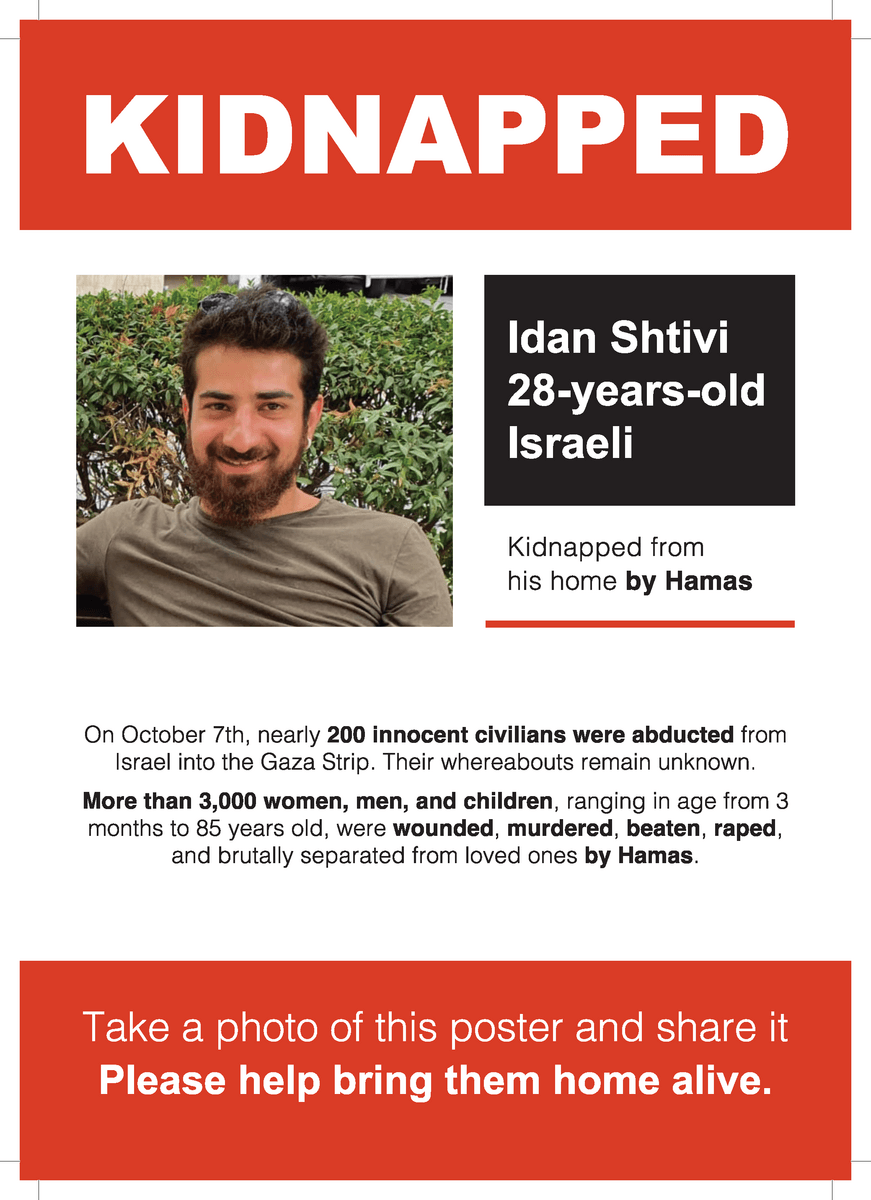Jammu & Kashmir has long been a chessboard for geopolitical adventurism, religious radicalisation, and financial manipulation. For decades, it served as the laboratory for Pakistan’s Inter-Services Intelligence (ISI) to experiment with terrorism as statecraft. However, under Prime Minister Narendra Modi’s decisive leadership, the experiment began to unravel. The revocation of Article 370 was not just a political decision—it was a surgical strike on the deep state machinery that kept the Valley on the boil.
As economic development surged and separatist narratives began to wither, it triggered an unexpected crisis—not in Srinagar, but in Islamabad, Ankara, and Doha. Reports now suggest that the ISI, in collaboration with influential arms of the global Islamist network, notably the Red Crescent and Turkey- and Qatar-based donors, grew increasingly restless. Their problem was simple: peace in Kashmir was bad for business. And this business, make no mistake, is blood-soaked and dollar-driven.
Over the past decade, Turkey and Qatar have emerged as central players in a shadowy financial ecosystem that channels millions of dollars into regions with large Muslim populations, often under the pretext of humanitarian aid. But aid is only the wrapping paper. What lies inside is a carefully curated ideological and militant infrastructure aimed at destabilising nations like India. The Islamist machinery views Kashmir not as a land to liberate, but as a brand to monetize.
Intelligence sources reveal that in 2023 alone, donations from Turkey and Qatar to Kashmir-based NGOs and “relief” outfits dropped by over 60%. The reason? The ground realities in Jammu & Kashmir under Narendra Modi’s administration left no scope for the usual ‘crisis narratives’ to thrive. Infrastructure was improving, investment was rising, and most critically, stone pelters were vanishing. The ecosystem built around victimhood was disintegrating.
For the ISI and their proxies, this spelled disaster. How could one justify foreign donations when the people of Kashmir were thriving under Indian governance? Without images of injured children, shuttered schools, or burning tyres on the streets of Srinagar, the global Islamist narrative had lost its visual ammunition. Something drastic had to be done—and fast.
Enter the Red Crescent. Touted globally as a humanitarian organisation, in South Asia and the Middle East, it has long operated in the grey zones of religious charity and political Islam. While not all arms of the Red Crescent are tainted, certain factions—especially those with ties to Turkey and Qatar—have reportedly served as fund funnels to radical networks. These funds often bypass government scrutiny under the garb of aid for “oppressed Muslims.”
In 2024, a sharp dip in donor confidence was observed. Humanitarian fatigue, donor scrutiny, and the absence of a high-voltage Muslim crisis in Kashmir led to a drying up of resources. This directly impacted Pakistan’s ISI, which relies heavily on these flows to fund and fuel its jihadist operations.
Internal ISI assessments, reportedly accessed by Western intelligence, indicated that unless there was a dramatic escalation in Kashmir—preferably communal in nature—the taps would run dry permanently. Their solution was as old as their strategy: instigate terror, provoke retaliation, then cry victimhood. And in doing so, reactivate the donor pipeline.
The goal in Pahalgam wasn’t merely to kill. It was to ignite.
A strategically timed terror attack, preferably targeting Hindus in Pahalgam, could serve multiple purposes. It would spark fear among the majority, provoke spontaneous outrage, and potentially spiral into communal skirmishes. This, in turn, would allow Islamist sympathisers to flood social media and the international press with cries of “Muslim genocide in India.”
The propaganda machinery would then move in lockstep. Journalists aligned with the Brotherhood ideology, influencers on foreign payrolls, and the usual NGOs would amplify narratives of state-backed Hindu aggression. Qatar’s Al Jazeera and Turkey’s TRT World would kick in with their pre-written scripts. Within 72 hours, the stage would be set for the funds to start flowing again—from mosques in Europe to “charity” organisations in the Gulf.
It’s not a theory; it’s a template.
Prime Minister Modi’s biggest success in Kashmir is also his biggest threat: peace. The normalcy his government has ushered in is an existential problem for those who profit from perpetual conflict. It is this very peace that the ISI-Red Crescent nexus is now desperate to derail. And this desperation makes them dangerous.
For the global Islamist network, Kashmir is the last credible cause that can unite donors, radicals, and ideologues. Palestine, for all its emotive power, is geographically and diplomatically complex. Syria is no longer in the headlines. Yemen is too obscure. But Kashmir? Kashmir can still be weaponised. And in their minds, it must be—before India rewrites the narrative permanently.
Modi’s approach must now go beyond border control and counter-terrorism. It must expose the global financiers of jihad. India must name and shame the countries, charities, and media houses that peddle terror under the veil of philanthropy. New Delhi must also press its diplomatic leverage with nations like Turkey and Qatar, making it clear that while aid is welcome, interference will not be tolerated.
There is a second war brewing, quieter but no less lethal—the war of perception. The Muslim Brotherhood, banned in several Arab nations but still influential in Qatar and Turkey, uses Kashmir as a rallying cry to radicalise and raise funds. They don’t just want to support Kashmiri Muslims—they want to control them, weaponise them, and eventually use them to destabilise the Indian state.
It’s time we stop playing defense.
India must craft its own narrative—a factual, fearless, and firm one. We must show the world the faces of terror that wear the masks of charity. We must reveal the donations meant for schools that fund suicide bombers, the medical supplies that conceal IED components, and the orphanages that double as indoctrination centres.
Kashmir deserves peace. But peace is poison to those who profit from pain.
Terrorism is no longer just a geopolitical weapon—it is a business. And Kashmir is the storefront. The ISI and the Red Crescent factions, under the patronage of Turkey and Qatar, are not just plotting attacks; they are marketing suffering. Their audience? The global Muslim ummah. Their currency? Death. Their motive? Money.
But this time, the Indian people—and its leadership—must rise above both fear and anger. We must respond not just with bullets, but with brutal truths. Truths that can no longer be hidden under crescent-shaped banners or behind diplomatic smiles.
The world must see Kashmir not through the eyes of those who burn it, but through those who build it. Let terror be the past, and truth, our future.





